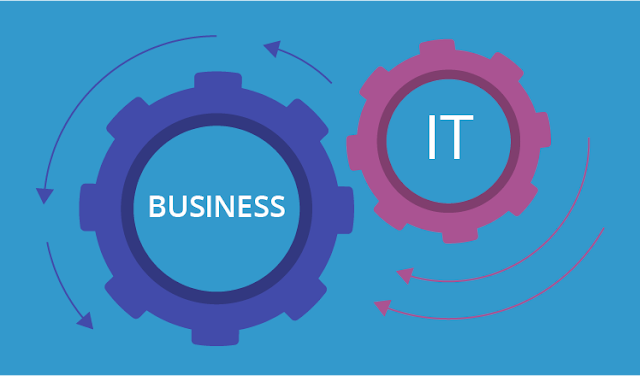It’s ridiculous that IT and business are still talked about as separate entities in 2021.
Yes, it’s getting better but it’s still based on outdated attitudes and mindsets. Today, everyone in an organization should understand what they’re contributing to and why.
Read More: ITIL 4 Foundation
However, higher up the “food chain” in companies, there’s still a reticence about understanding IT; for any executive in the world today, it’s an absolute necessity to have an understanding of IT.
Similarly, IT people need to know what the business does, where value is created, and how its customers perceive value.
If I had a magic wand, one of the key things I’d do with the onboarding process is ensure everyone clearly understands what their organization does. It needs more than just saying “here’s your computer and security pass”.
Lessons to learn from the past year
The whole working from home scenario has generated huge appreciation for the work IT has delivered during a crisis scenario. Not least because this level of business continuity fell into place after years of procrastination about remote working.
Yes, what enabled this was IT, which suddenly stepped up and brought people together. IT wasn’t just one of the “heroes’ of the pandemic, it also became a strategic partner. This is something IT doesn’t generally know how to be and the question is: how do you make it last?
Smart IT organizations have seen the potential to capitalize on the moves and changes of the past 16 months; CIOs will be advancing the conversation to how value streams can really create more value for employee experience, customer experience and improving digital access to systems.
The opportunity now is to provide systems in an easy-to-use, consistent way and ensuring a fluid, human working environment.
Planning for future success
To make this happen, IT organizations need to be thinking how an enterprise can operate more easily, better, faster and automating what it can. However, this means understanding what the business does rather than just facilitating the latest technology.
In turn, business people need to be more tech-savvy; thinking about how technology will enable tasks and how they relate to the bigger picture. This involves improving repeatable tasks by asking: “how many of our staff are behaving like robots and could the work be done by real robots?
Cutting headcount is not the principal consideration here. It’s more about redeploying people to deliver value-based work and better experience; things that need human compassion, empathy and sentiment.
If business and IT work collaboratively, they should see these opportunities simultaneously: not only what is important currently, but to collectively envision the future. This the golden path to strategic partnering.
The role of frameworks, methods and movements
Theoretically, IT and other frameworks should help the business/IT relationship. In practical terms, they need to do better.
Whether it’s Business Relationship Management, ITIL®, DevOps, Agile or COBIT, each provides sensible guidance. The trouble is, business people don’t tend to understand them or want to. There is, if you like, a language barrier.Equally, there are “tribes” in IT organizations or managed service providers that are serving the same “master” but with different approaches that they entrench like a dogma.
However, by taking a value-focused approach, it shouldn’t matter what framework you’re using. The overarching point is: “what does it mean for the organization and its customers and, just as importantly, the wellbeing of our people?
ITIL 4 – adding the service layer
The opportunity ITIL 4 presents is based on the premise that organizations are either going through, have gone through or are aspiring to go through digital transformation. In other words, how they interact with customers, suppliers, employers and use technology to innovate and enable service delivery.
ITIL 4 explains that, with digital transformation, there is a layer of service that should underpin everything. For example, whether it’s a hospital delivering services for patient care, schools supplying education services or retailers providing consumer products, each enabled by digital technology.
ITIL 4 also emphasizes how an enterprise should deliver services that provide value. And this concept creates a better conversation between IT and business, with an appreciation of the end-to-end value chain and sharing a common language.
Source: axelos.com






0 comments:
Post a Comment